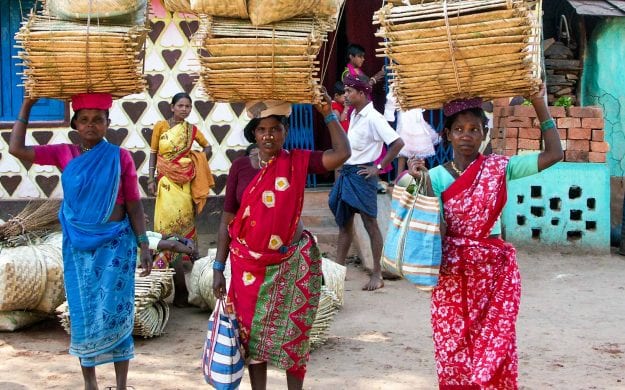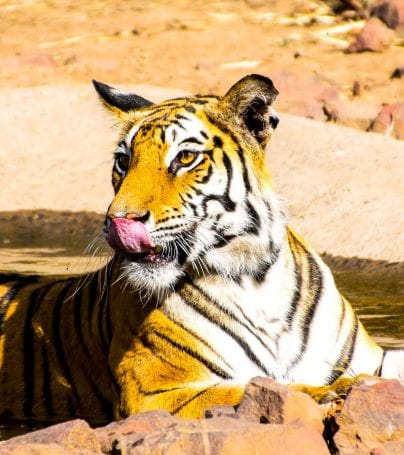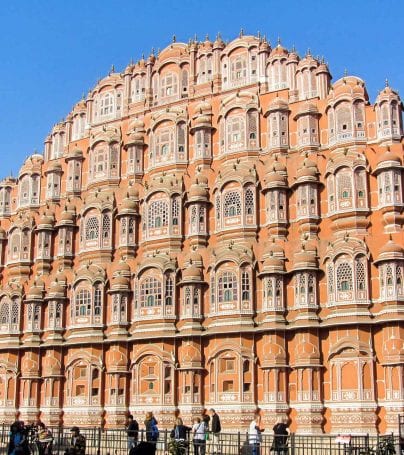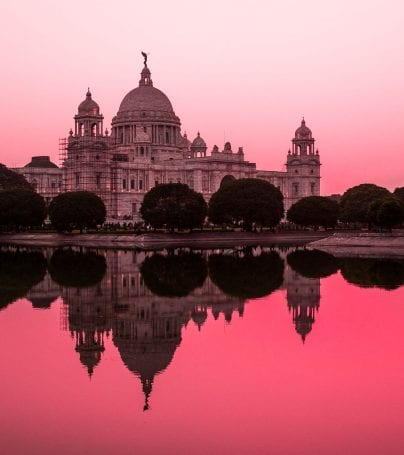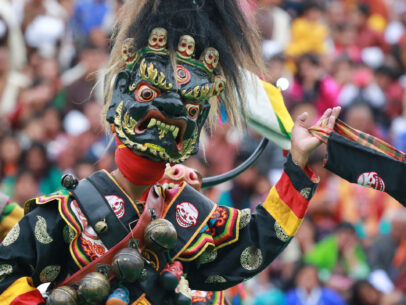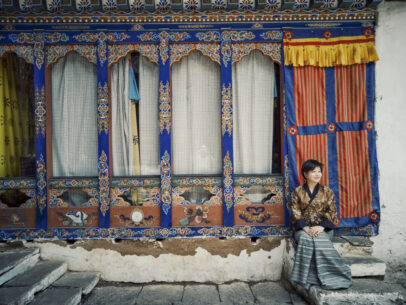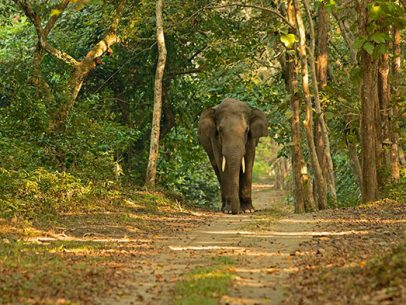Mumbai Adventure Tours
Mumbai is the capital of the Indian state of Maharashtra. It is the most populous city in India, and the second most populous city in the world, with a population of approximately 14 million. Along with the neighboring urban areas, including the cities of Navi Mumbai and Thane, it is one of the most populous urban regions in the world. Mumbai lies on the west coast of India and has a deep natural harbor. As of 2009, Mumbai was named an Alpha world city. Mumbai is also the richest city in India, and has the highest GDP of any city in South, West or Central Asia. The seven islands that came to constitute Mumbai were home to communities of fishing colonies. For centuries, the islands came under the control of successive indigenous empires before being ceded to the Portuguese and subsequently to the British East India Company. During the mid-18th century, Mumbai was reshaped by the British with large-scale civil engineering projects, and emerged as a significant trading town. Economic and educational development characterised the city during the 19th century. It became a strong base for the Indian independence movement during the early 20th century. When India became independent in 1947, the city was incorporated into Bombay State. In 1960, following the Samyukta Maharashtra movement, a new state of Maharashtra was created with Bombay as capital. It was renamed Mumbai in 1995.
Mumbai is the commercial and entertainment capital of India, generating 5% of India’s GDP, and accounting for 25% of industrial output, 70% of maritime trade in India, and 70% of capital transactions to India’s economy. Mumbai is home to important financial institutions such as the Reserve Bank of India, the Bombay Stock Exchange, the National Stock Exchange of India and the corporate headquarters of numerous Indian companies and multinational corporations. The city also houses India’s Hindi & Marathi film and television industry, known as Bollywood. Mumbai’s business opportunities, as well as its potential to offer a higher standard of living, attract migrants from all over India and, in turn, make the city a potpourri of many communities and cultures.
Mumbai has a tropical climate, specifically a tropical wet and dry climate, with seven months of dryness and peak of rains in July. The cold season from December to February is followed by the summer season from March to June. The period from June to about the end of September constitutes the southwest monsoon season, and October and November form the post-monsoon season.
Between June and September, the southwest monsoon rains lash the city. Pre-monsoon showers are received in May. Occasionally, northeast monsoon showers occur in October and November. The maximum annual rainfall ever recorded was 3,452 millimetres (135.9 in) for 1954. The highest rainfall recorded in a single day was 944 millimetres (37.17 in) on 26 July 2005. The average total annual rainfall is 2,146.6 millimetres (84.51 in) for the Island City, and 2,457 millimetres (96.73 in) for the suburbs.
Customize Your Dream Adventure
We are here to help craft tailor-made adventures for individuals, couples, families, and groups of explorers.

